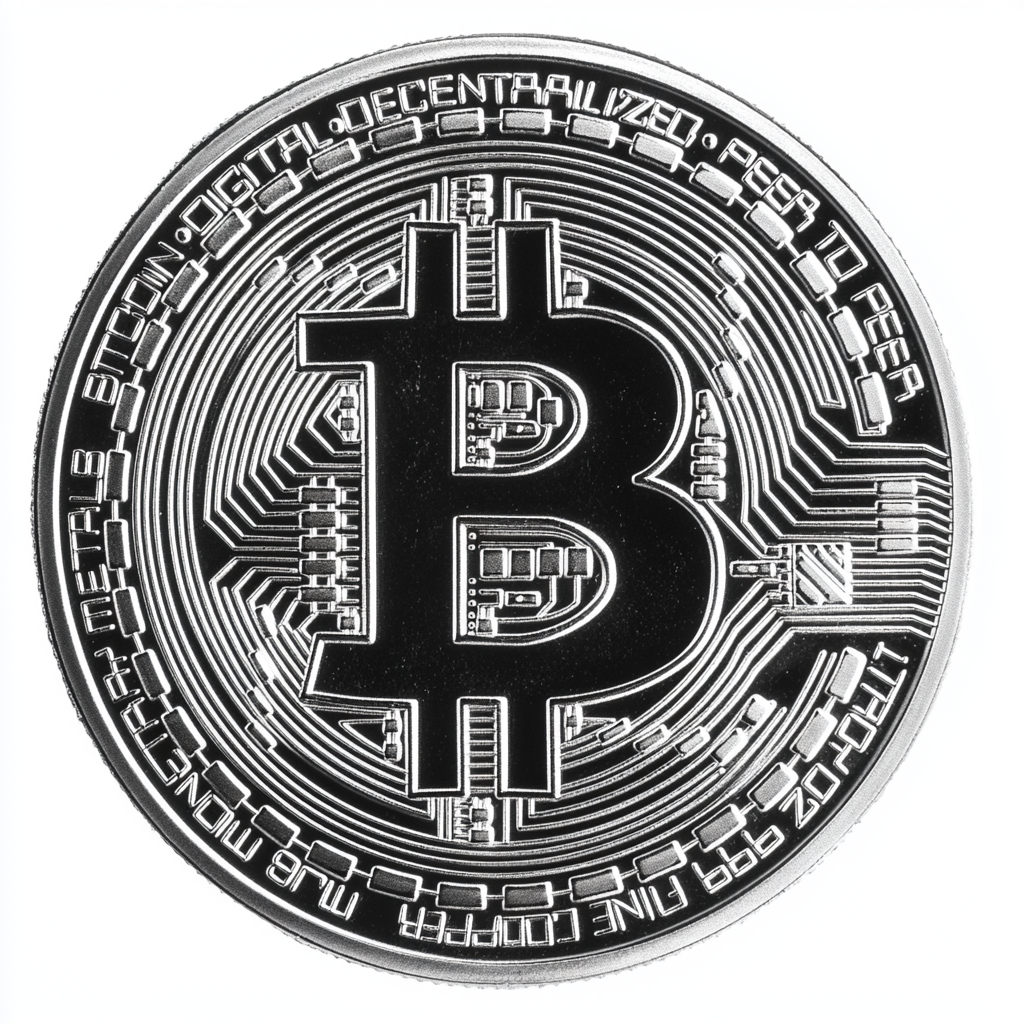- XRP offers revolutionary potential for cross-border payments, particularly benefiting developing nations by reducing transaction fees and increasing local cash inflows.
- The centralization of XRP leads to debates on its alignment with blockchain decentralization, balancing security concerns with the potential for manipulation.
- XRP may influence central banks exploring digital currencies, offering insights into real-time settlements and currency interoperability.
- Ripple’s legal battles could define the regulatory environment for cryptocurrencies, impacting XRP’s adoption and legitimacy in the U.S.
- XRP is noted for its energy efficiency, which could attract environmentally conscious users amid comparisons with newer blockchain technologies.
- Despite its advantages, XRP faces significant challenges, including legal issues, adoption rates, and centralization controversies.
In the ever-evolving world of cryptocurrency, XRP emerges as a potential catalyst that could redefine global financial transactions. Initially designed to enhance cross-border payments, XRP’s capabilities stretch much further, potentially transforming economies worldwide.
A Lifeline for Developing Nations: XRP’s prowess in streamlining international remittances could be revolutionary for developing countries, where such transfers form a financial backbone. By significantly reducing transaction fees typically levied by traditional banks, XRP increases the cash inflow to local communities. This economic resurgence could catalyze regional growth and reduce poverty, leveling the financial playing field for millions.
The Centralization Controversy: Despite its promise, XRP’s centralized nature sparks vigorous debates. Critics argue that Ripple’s control goes against the decentralization principles of blockchain technology, exposing XRP to potential manipulation. Conversely, some argue that this centralization offers enhanced stability and security, appealing to traditional financial sectors wary of cryptocurrency volatility.
Ripple’s Influence on CBDCs: As central banks explore the potential of digital currencies, XRP could serve as both a model and competitor. Its real-time settlement and currency interoperability might push central banks to expedite the development of their digital currencies, prompting a potential global revolution in monetary systems.
Regulatory and Environmental Landscape: Ripple’s ongoing legal challenges in the U.S. spotlight the murky regulatory waters cryptocurrencies navigate. A favorable outcome could demystify and legitimize the asset class, while an adverse decision might hinder XRP’s progress. Moreover, XRP’s reputation as an energy-efficient alternative to other cryptos could attract environmentally conscious users, though it remains in comparison with newer blockchains.
Balancing Act: While XRP’s low transaction costs and swift settlements present significant advantages, its challenges—legal, adoption, and centralization—remain substantial hurdles. Will XRP’s innovations lead to a financial metamorphosis or face setbacks from its intrinsic controversies? The unfolding narrative holds transformative potential for the future of money.
Is XRP the Revolutionary Catalyst for Global Finance or Just Another Crypto Contender?
How Might XRP Impact the Future of Cross-Border Transactions?
XRP has been at the forefront of discussions about the future of cross-border transactions. By significantly reducing transaction fees and time, XRP offers a significant competitive edge over traditional banking systems. This capability not only benefits individual users but also presents an attractive proposal for businesses engaged in international trade. Analysts suggest that if XRP’s adoption grows, the global financial transaction landscape could witness a paradigm shift similar to the advent of SWIFT in banking.
What Are the Pros and Cons of XRP’s Centralization?
Pros:
– Stability: XRP’s centralization can offer more predictable outcomes for transaction processing, reducing the likelihood of drastic value swings.
– Security: Enhanced security measures are more easily implemented in a centralized environment, appealing to risk-averse financial institutions.
Cons:
– Manipulation Risk: Centralization increases the risk of manipulation, as a single entity holds significant control over the network’s operations.
– Fundamental Divergence: It contradicts the core decentralization promise of blockchain technology, potentially alienating cryptocurrency purists.
What Is the Current Market Outlook for XRP?
Analysts project varying paths for XRP, largely contingent on legal outcomes and regulatory developments. A favorable court ruling regarding Ripple’s ongoing legal challenges in the U.S. could open doors for broader institutional adoption and higher valuation. Meanwhile, XRP’s energy efficiency compared to Bitcoin and Ethereum positions it advantageously amid growing environmental concerns. Market forecasts are optimistic, suggesting that global adoption along with regulatory clarity could result in substantial growth.
Related Links:
– Learn about XRP’s practical applications at Ripple.
– Explore the distinctive traits of starting blockchain investments with Coinbase.
Security Aspects of XRP
XRP boasts several security features tailored to meet the demands of institutional adoption. Its consensus protocol allows faster transactions without compromising security. However, its centralization under Ripple Labs also presents a unique security landscape, where regulatory decisions closely impact its pathways.
Predictions for XRP in the Evolving Cryptocurrency Landscape
As central banks accelerate the development of Central Bank Digital Currencies (CBDCs), XRP might either emerge as a competitive alternative or a compatible framework facilitating interoperability. Predictions indicate that by 2030, if XRP overcomes regulatory hurdles, it might become a linchpin in global financial networks, bridging traditional and digital economies seamlessly.

















